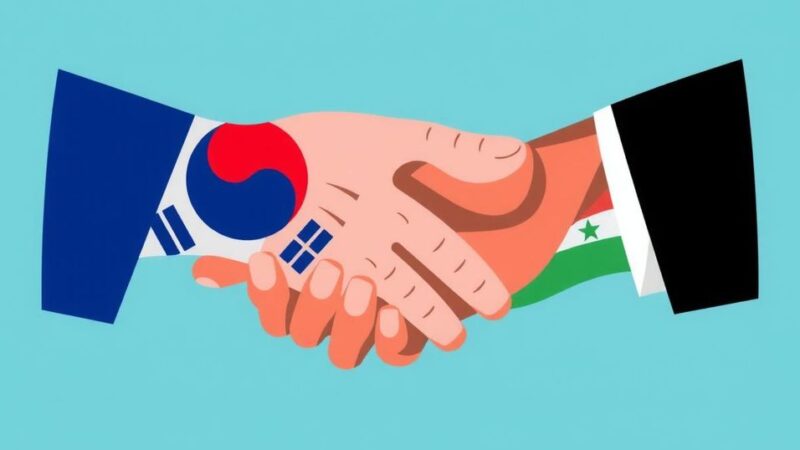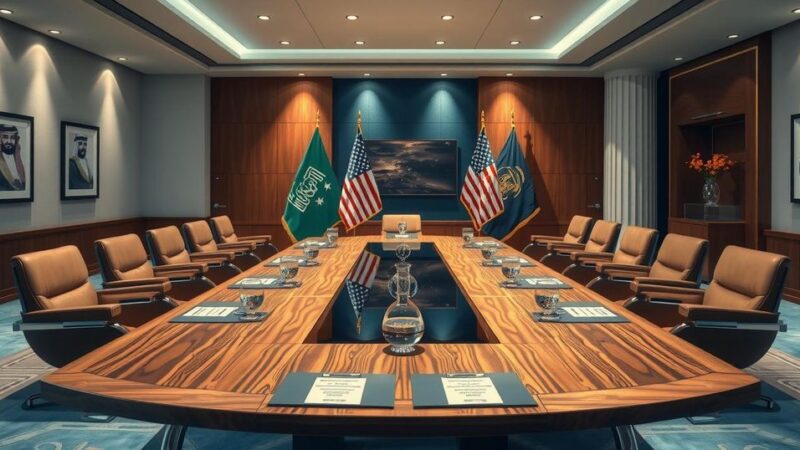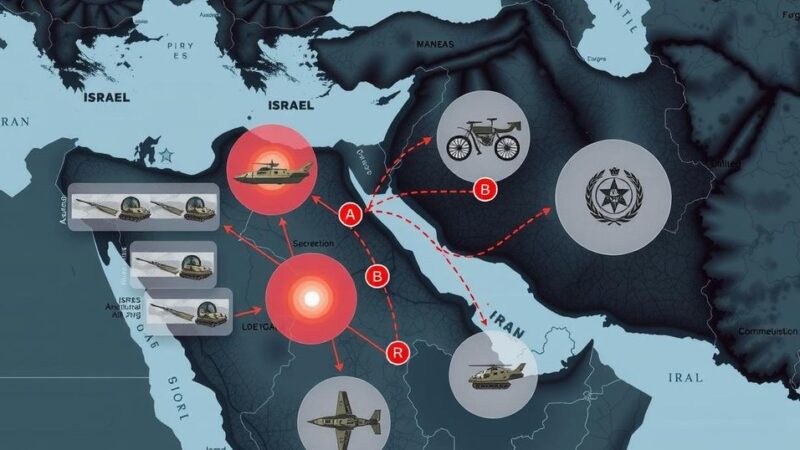The U.S. has unfrozen $95 million in military aid to the Lebanese Armed Forces, allowing them to enforce a ceasefire between Hezbollah and Israel. This aid supports the LAF’s deployment in southern Lebanon and aims to curb Hezbollah’s influence. This decision reflects important changes within Lebanon’s political framework, potentially enhancing the LAF’s sovereignty.
The United States State Department has reinstated $95 million in military aid to the Lebanese Armed Forces (LAF), which had been previously frozen following the transition to the Trump administration in January. As stated by a State Department spokesperson, the Department has approved an exception to allow the expenditure of these funds, which are part of the Foreign Military Financing (FMF) program, and is coordinating with the Department of Defense for implementation.
This decision is particularly significant as the LAF is tasked with enforcing a ceasefire between Hezbollah and Israel, marking its first significant deployment in southern Lebanon in many years. The $95 million had initially been allocated for Egypt but was redirected to Lebanon as part of a reprogramming effort during the Biden administration’s departure from office. The Trump administration had paused FMF agreements for review shortly thereafter.
The aid is intended to bolster the LAF’s capabilities to uphold the Lebanon-Israel Cessation of Hostilities and reflects the most meaningful progress towards implementing United Nations Resolution 1701 since its inception in 2006. Supporting the LAF is viewed as a way to extend Lebanese sovereignty, thereby diminishing the influence of Hezbollah and its Iranian affiliates within Lebanon and beyond.
Israel’s withdrawal from southern Lebanon was completed in February 2025, although it retained oversight in five key positions. As the LAF assumes increased responsibility for securing both borders with Syria, the reinfusion of U.S. aid comes at a crucial juncture. It is expected that this assistance will enhance LAF operations against potential threats from Hezbollah and other actors in the region.
The ongoing conflict between Israel and Hezbollah has weakened the latter’s foothold, which has led to a revitalization of the LAF. Recent political developments, including the election of LAF Chief Joseph Aoun as president and the appointment of Nawaf Salam as prime minister, point towards a shift in Lebanon’s internal power dynamics and a possible reduction in Hezbollah’s influence. Moreover, Aoun has emphasized the need for a unified military force, signaling a potential move towards disarming groups outside of the state military.
In summary, the unfreezing of $95 million in military aid to the Lebanese Armed Forces by the U.S. State Department signifies a strategic effort to enhance Lebanon’s military capabilities against Hezbollah and support the enforcement of regional stability. This development coincides with shifts in Lebanon’s political landscape, offering potential for increased sovereignty and diminished militant influence. The timing of this military assistance appears to be well-considered, aligning with Lebanon’s pressing security needs.
Original Source: breakingdefense.com






